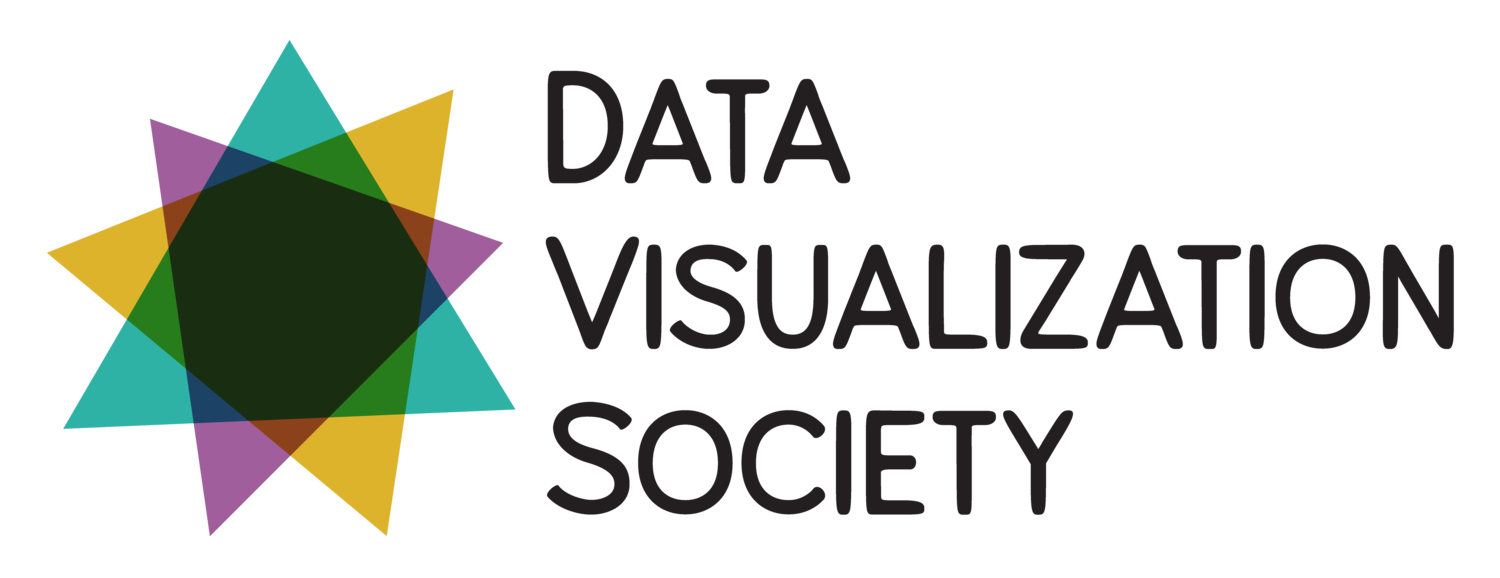DAta Visualization REsearch Recruitment
The academic data viz community plays a critical role in our field, advancing the depth of our knowledge on how people read and create data visualizations. Many research studies actively recruit data visualization practitioners as research subjects, while others explicitly look for folks outside of our field.
As a professional society, DVS aims to bring together data visualization communities, like academics and practitioners. Every so often, we see a call for participants shared on our DVS Slack, but we know that Slack only reaches a subset of our members and it’s easy to miss out on one of those opportunities.
To address that need to better connect researchers with potential study participants, when we launched our new membership intake form in 2021, members could opt-in to a dedicated list to learn about opportunities to participate as research subjects in academic studies.
To date, we have nearly 10,000 members who who receive study invitations, and we want to make that resource more accessible to researchers interested in connecting with those members.
If you are an academic researcher interested in sharing a study opportunity with the dedicated DVS mailing list, please fill out the form below.
(Note: this is a benefit to DVS Plus members, upgrade your membership here.)
Additional information
Value to the field: As a Society, we believe in the value of connecting researchers and practitioners in different ways. The academic research distribution list is one tool for enabling those kinds of connections.
Researchers can connect with potential study participants actively working in the field of data visualization, while practitioners can contribute to the generation of new knowledge to inform our work and learn more about how research studies are conducted by participating.
Who is eligible to submit studies: Currently, the distribution list is limited to sharing study invitations from academics and students affiliated with a university or evaluators who are conducting research for the purpose of informing the practice of data visualization.
The rationale for these constraints is to amplify study invitations that have been reviewed for appropriate informed consent and study protocols by an Institutional Review Board or equivalent.
At this time, questionnaires developed as personal projects or more informal studies are not eligible to be shared with the distribution list. These types of projects can be shared on the DVS slack workspace on the #-help_general channel that all members are added to upon joining our Slack workspace.
Distribution timing: Study opportunities will be distributed via email monthly to those who have opted in to receive those invitations. Requests received by the 15th of the month will be compiled and shared by the last Monday of the month. Depending on the volume of requests we receive, we may opt to send opportunities on a more frequent basis.
Privacy considerations: The Data Visualization Society does not distribute or share member names or contact information with partners, vendors, or other third parties, including researchers. Members who have opted in will receive the monthly email with study opportunities and can independently opt in to participating; DVS will only make the approximate total size of the distribution list publicly known, which is helpful for the purpose of researchers knowing the reach. Read the full DVS Privacy Policy here.
General disclaimer: DVS is providing this opportunity to submit study participation requests and distribute to our members in support of our broader mission to continue to connect parts of our community and advance the field. DVS reserves the right to decline to share a study participation opportunity with our members if it does not have a clear connection to the field of data visualization or has content or study aims that are not aligned to our inclusive code of conduct as an organization. DVS assumes no responsibility for the experience of a study participant if they opt into a study that is distributed through this mechanism.
